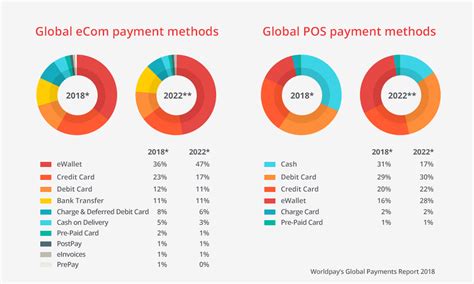“Satoshi’s Secret Sauce: The Unseen Forces Driving Cryptocurrency Trading and Digital Wallets”

As the cryptocurrency market continues to evolve, one key element remains largely under the radar: liquidity pools. These intricate networks of traders, exchanges, and wallets work together to provide a stable and efficient way for buyers and sellers to trade cryptocurrencies, often at incredibly low prices.
At its core, a liquidity pool is a complex system that connects multiple markets and exchanges, allowing traders to speculate on price movements without the need for direct market access. By pooling their funds with others, these pools create a virtual “market” where trades can be executed, providing liquidity to both buyers and sellers.
The concept of liquid markets dates back to the 1980s, but it wasn’t until recent years that the idea of liquidity pools started to gain traction. One major player in this space is Chainalysis, a blockchain analytics firm that provides real-time market data and analytics tools for exchanges, brokers, and other financial institutions.
Chainalysis’s innovative approach to liquidity pool management involves using machine learning algorithms to identify patterns in market behavior and predict price movements. This information is then used to optimize the trading strategy of each member participating in the pool, ensuring that trades are executed at optimal times and prices.
The benefits of liquidity pools extend beyond just reducing slippage (the cost of buying or selling a security) and increasing transparency (by providing real-time market data). They also enable decentralized exchanges (DEXs), which offer a range of benefits, including lower fees, improved security, and increased flexibility for traders.
However, not all is sunshine and rainbows in the world of liquidity pools. One major challenge facing these networks is the problem of “liquidity bombs,” where a sudden influx of market participants can lead to extreme price volatility, making it difficult for others to participate and trade effectively.
To mitigate this risk, many liquidity pool operators have implemented measures such as reserve requirements, which require traders to hold a certain percentage of their holdings in reserve (i.e., not on exchange) to avoid being deemed “liquid” and unable to participate. These reserves can also be used to absorb market shocks and maintain price stability.
As the crypto market continues to mature and become increasingly complex, liquidity pools will play an ever-growing role in facilitating trades between buyers and sellers. By providing a transparent, efficient, and secure environment for trading, these networks are helping to establish cryptocurrency as a legitimate financial instrument, one that can be used for legitimate purposes beyond speculative investing.
In conclusion, the unseen forces driving cryptocurrency trading and digital wallets are multifaceted and complex, but ultimately, they all revolve around liquidity pools. As the market continues to evolve, it will be fascinating to see how these networks adapt and grow, enabling traders to navigate the choppy waters of the crypto world with greater ease and efficiency.

